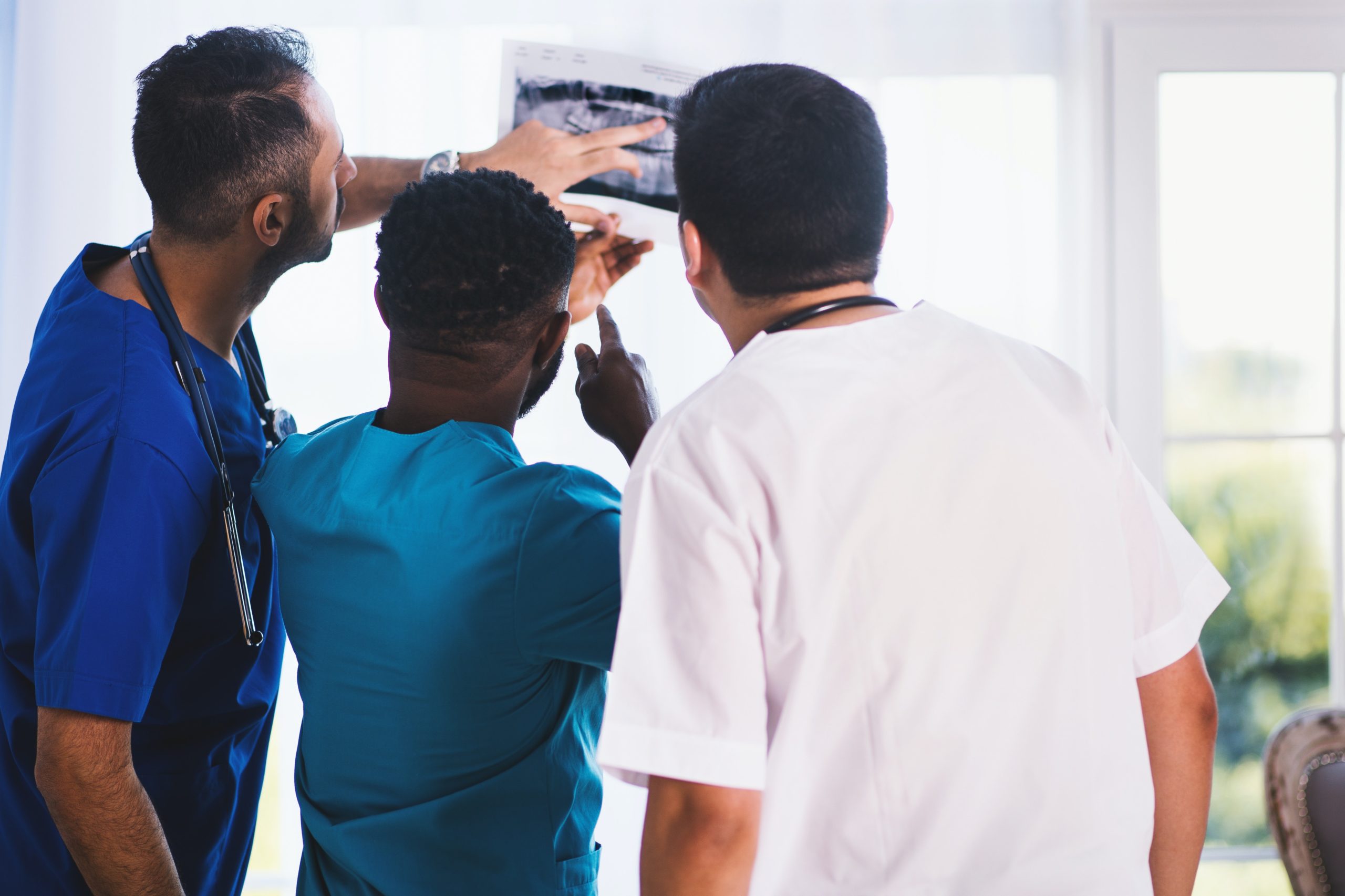Recently, I was speaking with a prospective client. He asked me if I had any advice for him in the short term to ensure that things got off on the right foot. After we spoke, I thought many people could benefit from this conversation about being a good car accident client.
So for today, here are my top tips for how to be a good personal injury client.
First, let’s cover the basics.
How long does it take to settle a personal injury claim?
For many people, especially those who call me right after they’ve been involved in a motor vehicle collision, I often tell them that a lot of the personal injury claim process amounts to “hurry up and wait.” That’s because once we get through the intake process and I collect some basic information like the crash report and details about insurance, most of what we’re doing is waiting for you to recover.
And that can take many months.
But if you want to know more about the basics of a successful personal injury claim, check out my article here, where I write about the three most important aspects of a personal injury claim.
The Role of medical records and medical treatment
Let’s begin with medical records and appointments. Medical records are at the heart of every personal injury claim. One of the first things I do in every case is to collect your medical records.
Although it may seem like what’s in your medical records is outside of your control, there are a few things that you can do to make sure the records accurately reflect what happened in the course of your recovery.
The importance of attending all medical appointments after your accident
The first thing you can do is to make sure that you attend all appointments scheduled for you, whether with existing providers or following up with referrals. Any medical record that marks you as a no-show for an appointment or any testimony that you never followed up on a referral can hurt your credibility in the long run.
Remind your doctor each time the reason for your visit
To be a good car accident client you must make sure that when you do see a provider, you let him or her know what it is that caused the injuries for which you’re seeking treatment. There are many times when a medical record simply reflects a completely different event than what happened. Recently, I had a case where my client fell through a stairway but the medical record had said she had fallen from a bicycle. An innocent mistake like that on the part of your provider can cause you problems in the long run. So make sure your providers understand that your records reflect what happened.
Review all issues and symptoms with your doctor during every appointment
At each visit, make sure you run through all of your symptoms that are related to the crash or the incident that caused you injury. More and more nowadays, insurance companies are basing their settlement proposals on what’s documented in the medical record. So if there’s no complaint in the record, then it didn’t happen as far as they’re concerned. So be sure that when you talk to your doctors or other medical providers, they know exactly what’s been going on since the last time you visited.
The importance of recording your injuries and recovery
Another thing I often discuss with new clients is that as terrible as you might be feeling now, you may be surprised to learn that six months or a year down the road, your memories of how bad the experience is may start to fade. There have been many times where I’ve sat next to a client, giving testimony at a deposition – a year or more after the crash – and they’re struggling to remember exactly what life was like in the weeks and months immediately following the crash.
How to document your injuries and recovery after an accident
Keep a journal. But don’t just write things down, like, the pain was an eight or nine out of 10. That’s not helpful for your case. Those aren’t the kind of details that move your case forward.
Instead, write down a few sentences about how the injury affected your life that day, whether it’s because you couldn’t get to work. After all, your knee hurt too much or you couldn’t dance at your cousin’s wedding because of your foot injury or you couldn’t throw the ball with your kiddos because of the shoulder injury.
These are the kind of details that lead to stories and stories are what lead to good outcomes in the personal injury claim process or eventually if there’s a civil suit in front of a jury.
Use your smartphone to document your accident recovery
At the same time, try to use that phone in your pocket wisely. You’re carrying around a great tool for documenting the effects of the injury on your life. So take photos or take a short video.
Videos and photos can be extremely helpful in spurring stories that are told in depositions or at trial.
Example of what to document about your recovery
If you’ve been through surgery on your leg, have someone document your first steps out of the hospital bed with a few seconds of video. Take some photos of the front of the hospital so that we have an identification of where the story is taking place.
Because the truth is, most of us haven’t been through tests like MRIs, so we don’t know what the process is like. So take some photographs, show us some videos, help us see what you saw and feel what you felt.
That’s what moves jurors.
Remember, once these moments are gone, they can’t be recreated. So think about taking photos, shooting videos, and otherwise documenting your recovery as best you can while it’s happening.
Identifying witnesses early in your claim for your personal injury claim
The importance of lay witnesses in a personal injury case is the subject of several of my videos. But the point I want to make here is that you should be thinking about who witnesses could be early and often.
As your lawyer, trust me, it’s no fun sitting with you a year after the crash and having you draw a blank when I ask you, ‘Who might be a witness to help tell the story of the crash and its impact on your life’?
Don’t make it harder than it has to be.
As you go through your days, if somebody comes into your life that you think might be a potential witness, write it down, and write down their name in your notebook. And then we’ll have a list to work from when the time comes.
How to identify potential witnesses for your accident claim
It’s better to have too many names than not enough. So when we talk about lay witnesses, what are we looking for? We’re looking for people who know you well enough to know your life before and after the injury.
Friends and family are fine, but they’re not the best witnesses. The best witnesses are people who know you well enough to be able to share a single, meaningful story. These are people like the woman at the front desk at the climbing gym who hasn’t seen you in six months or the guys you coach youth football with, who have to run all the plays now because you can’t do it.
These are people who can get in and out of court in 10 minutes, tell a powerful story, and be gone without too much of a challenging cross-examination.
Summary: How to be a good car accident client
So those are my top tips for how to be a good car accident client. And while I can’t guarantee that they’ll change the outcome of your case completely, it’s the small things that matter. So do them and do them well and work together with your lawyer for the best possible outcome.
If you would talk to Drew Palcsik about your injury claim or accident lawsuit, call our office for a no-obligation conversation with Drew.





